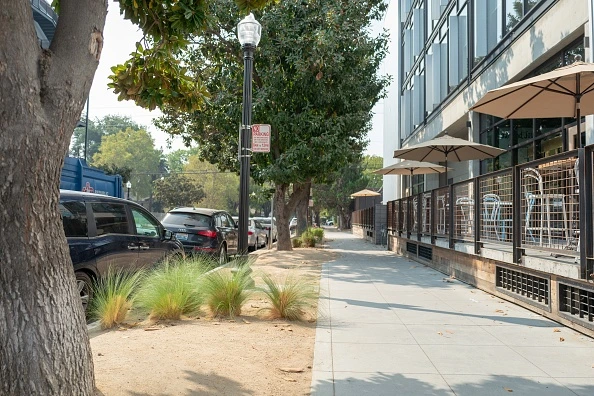
The aftermath of the pandemic brought about a surge in adaptive reuse projects – renovations, redesigns, restored and repurposed – offering conversion solutions to the growing demand for apartments and housing, while rejuvenating deserted downtown areas.

However, while 2019 and 2020 witnessed peak years for adaptive reuse, the momentum slowed down in 2021 and 2022, causing some concerns according to new data from Yardi Matrix. Despite this, there is optimism for the future, as 122,000 rental apartments are currently undergoing conversion, indicating a promising growth trend.
The rise and stall of adaptive reuse
Interest in converting older buildings into residences remains high, but the number of projects converted in 2021 and 2022 did not match the initial excitement. Converted apartments experienced a slowdown for the second consecutive year, with only 10,090 units retrofitted in 2022, 12% fewer than the previous year and 25% fewer than in 2020.
Notably, office buildings stood at the heart of the slowdown, with office conversions hitting a ten-year low. The uncertainty surrounding the return of office workers and the increasing popularity of hybrid work arrangements played a role in this decline. On the other hand, former-hotel conversions experienced a surge, registering a five-year record, as hotel owners in cities like San Francisco and New York looked for new opportunities amid a drop in travel demand.
Adaptive reuse trends by building type
Office conversions, despite losing momentum in 2022, still make up the highest share of all adaptive reuse projects at 34%. However, their numbers dropped to 3,390 apartments from a record 6,874 units in 2020. Meanwhile, hotels became increasingly popular, constituting 29% of the total inventory nationwide, with 2,954 apartments converted in 2022, representing a 43% increase from the previous year.
Repurposing former factories faced a significant slowdown in 2022, with only 1,241 apartments resulting from this conversion type, a staggering 49% decrease from the previous year. Limited stock and location, primarily in areas zoned for industrial use, present challenges for developers seeking to convert factories into residential spaces.
Top cities for adaptive reuse
Los Angeles emerged as the conversion hub, accounting for 13% of retrofitted apartments nationwide. With 692 apartments completed, Los Angeles transformed the most offices into residential spaces to rejuvenate the area. The city’s ambitious plans to advance adaptive reuse citywide in 2023, including an updated Downtown Adaptive Reuse Ordinance, signal continued growth in office conversions.
Apart from Los Angeles, other cities making their mark in adaptive reuse projects include Kissimmee, Alexandria, Baltimore and Saint Louis. Surprisingly, former hotspots such as Washington DC, Philadelphia and Chicago, didn't make the top ten list, indicating a shift towards Western and Midwestern cities.
Despite the slowdown in recent years, the future of adaptive reuse appears promising. Yardi Matrix data projects a substantial 63% increase in the number of upcoming conversion projects, totalling 122,000 apartments. Los Angeles is expected to continue leading the charge with 4,566 apartments in various stages of conversion. New York City and Chicago also feature in the top three cities for future adaptive reuse projects.
[Read more: How Fort Lauderdale is pioneering a new type of downtown for the post-pandemic era]






